Declassified MoD files reveal dozens of UFO sightings over northern Lincolnshire0
- From Around the Web, UFO News
- October 6, 2020
The official government documents give details of the unusual things people have seen in the skies over the years
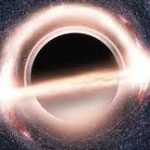
M87*, the first black hole ever to be directly imaged, has a newly-identified feature: it glitters and wobbles, according to new research.
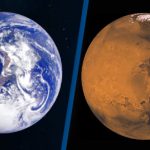
With no bright stars in the same part of the sky, the red planet will be unmistakeable
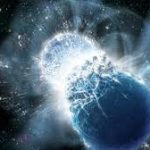
Something is showering gold across the universe. But no one knows what it is.

When astronauts return to the Moon for the first time since the Apollo Era, they will be tasked with conducting some very lucrative science operations.
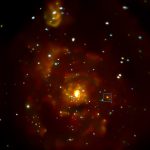
Astronomers using NASA’s Chandra X-ray Observatory have detected an extragalactic candidate planet circling a binary system in Messier 51 (also known as M51, the Whirlpool Galaxy and NGC 5194), an interacting grand design spiral galaxy located some 26 million light-years away in the constellation of Canes Venatici.

Data from an old NASA mission to our sister planet may contain overlooked evidence for the gas phosphine, a potential biosignature

Military troops in the Space Force will someday deploy to orbit, one of the service’s top operations officials said Sept. 29.

A jet suit for paramedics which would see patients reached in minutes by a “flying” medic has been tested by the Great North Air Ambulance Service.
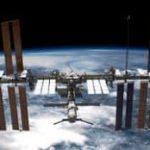
Nasa officials stress that the leak on ISS remains small and poses no danger but will send extra air supply on the next delivery